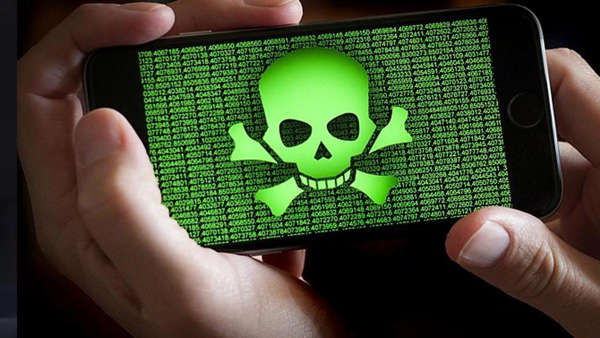Data Hacked smartphone data has become a growing concern for smartphone users worldwide. In today’s world, smartphones have become an integral part of our lives. Containing personal and sensitive information such as contact lists, photos, and financial data. When this data falls into the wrong hands, it can lead to identity theft, fraud and other forms of cybercrime. In this article, we will explore the impact of leaked or hacked smartphone data and how to protect yourself from these threats.
Types of Leaked or Hacked Smartphone Data
There are various types of smartphone data that can be leake or hacke. One of the most common is login credentials, such as usernames and passwords, which can be use to access email accounts, social media. And other online services. Other types of data that can be compromise include personal information such as name, address, date of birth, and financial information such as credit card details and bank account numbers. Additionally, hackers may also gain access to photos and other multimedia files, potentially causing significant emotional distress.
How Data is Leaked or Hacked
There are several ways that smartphone data can be leake or hacke. One of the most common methods is phishing, where hackers use fake websites or emails to trick users into giving away their login credentials or personal information. Another method is malware, where malicious software is installe on a smartphone, allowing hackers to gain access to sensitive data. In some cases, hackers may also use unsecure public Wi-Fi networks to intercept data transmissions.
The Impact of Leaked or Hacked Smartphone Data
The impact of leaked or hacked smartphone data can be significant, with potential consequences including identity theft, financial fraud and emotional distress. For example, if a hacker gains access to a user’s bank account details, they may be able to make unauthorized transactions, leading to financial loss. Similarly, if personal photos or videos are leake, it can cause significant emotional harm, particularly if the material is sensitive or private.
Protecting Yourself from Leaked or Hacked Smartphone Data
There are several steps that smartphone users can take to protect themselves from leaked or hacked data. One of the most important is to use strong passwords and two-factor authentication for all online accounts. It is also essential to avoid clicking on links in unsolicited emails or messages, and to be cautious when using public Wi-Fi networks. Regularly backing up important data to a secure location can also help prevent data loss in the event of a hack or leak.
In addition to these steps, there are various security tools that users can utilize to protect their smartphones. Antivirus software can help detect and remove malware, while virtual private networks (VPNs) can help protect data transmissions when using public Wi-Fi networks. Some smartphone manufacturers also offer security features such as biometric authentication, which uses fingerprints or facial recognition to unlock the device.
Conclusion
Leaked or hacked smartphone data is a growing concern for smartphone users, and the potential consequences can be significant. It is essential to take steps to protect yourself from these threats, such as using strong passwords, being cautious with public Wi-Fi networks, and utilizing security tools. By taking these measures, you can help protect your personal and sensitive data from falling into the wrong hands.

